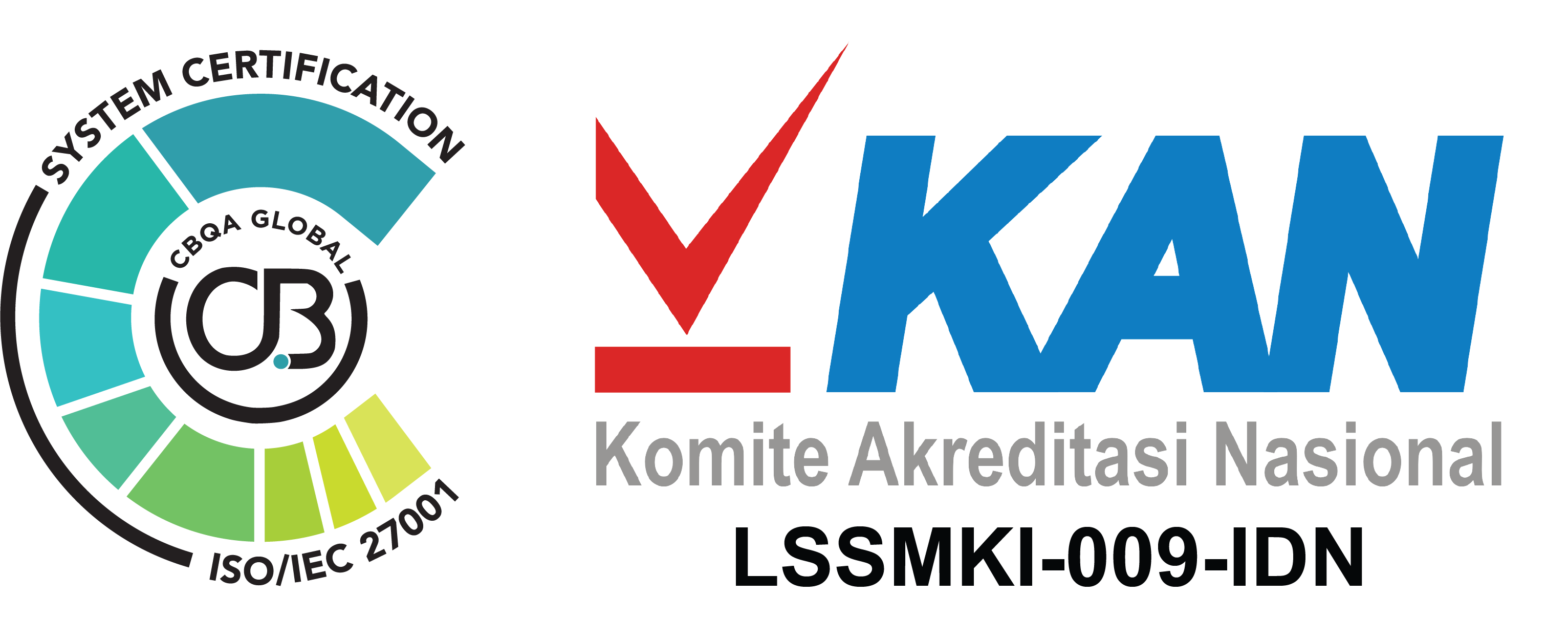The Indonesian market which was pretty quiet as it was cut short by two days of Nyepi holiday and the first day of fasting last week, managed to close with a weekly gain of 1.26% to 6762.25; supported by Foreign Net Buy of IDR 187.62 billion, maintaining the monthly foreign buying which has only entered heavily this month amounting to IDR 3.37 trillion (YTD: IDR 3.46 trillion). However, overseas sentiment was actually quite busy with the release of economic data and their central bank policies which were much in the spotlight of global market participants. Most notably, the Federal Reserve raised the Fed Funds Rate by 25 bps to 5% and indicated that there will be at least one more rate hike this year (while also ruling out the possibility of a cut/pivot this year); followed by the Bank of England which also raised its benchmark interest rate by 25 bps to 4.25%. The decision was made after weighing between the emerging US banking system crisis and lingering inflationary pressures; evident from the economic data reports: US Building Permits, New Home Sales (Feb.) and US Existing Home Sales were still higher than the previous month. Meanwhile, Initial Jobless Claims fell to 191k from the forecast of 197k & previous period 192k. The US S&P Global Composite PMI (Mar.) expanded more than the forecast of 47.5, in fact to 53.3 (higher than previous 50.1).
This week’s outlook:
Investors will be hoping to see some stability in a market that has been rocked by the US & European banking crises, especially as the threat of credit default swaps from German giant bank, Deutsche Bank, begins to emerge. As the end of the first quarter of this year approaches, Federal Reserve Chairman Jerome Powell stated that the banking stress will trigger credit problems that have significant implications in suppressing the US economy. Market participants also began to calculate the possibility of no interest rate hike at the upcoming FOMC Meeting in May. Meanwhile, economic data coming out this week is indeed less than last week but there is a fairly important highlight, namely the Core PCE Price Index (Feb.) which is the Fed’s favorite reference in measuring the level of Inflation. If the reading this time accelerates again following the Jan. figure, it is feared that the Fed will again become more hawkish. Consumer Confidence data (Mar.) will also be released on Tuesday and is expected to show the effects of stress from the financial system. Other crucial data are Pending Home Sales, revised GDP, and the usual weekly Initial Jobless Claims. From the other side of the world, there will be a number of important data releases on Friday: Eurozone (Mar. Inflation data); China (Mar. PMI); Japan (Mar. Tokyo Inflation).
Download full report HERE.

